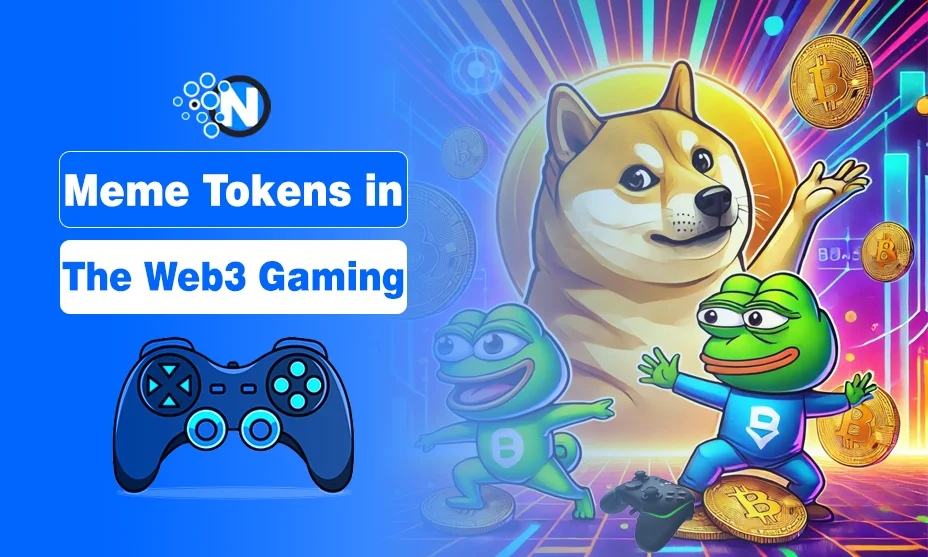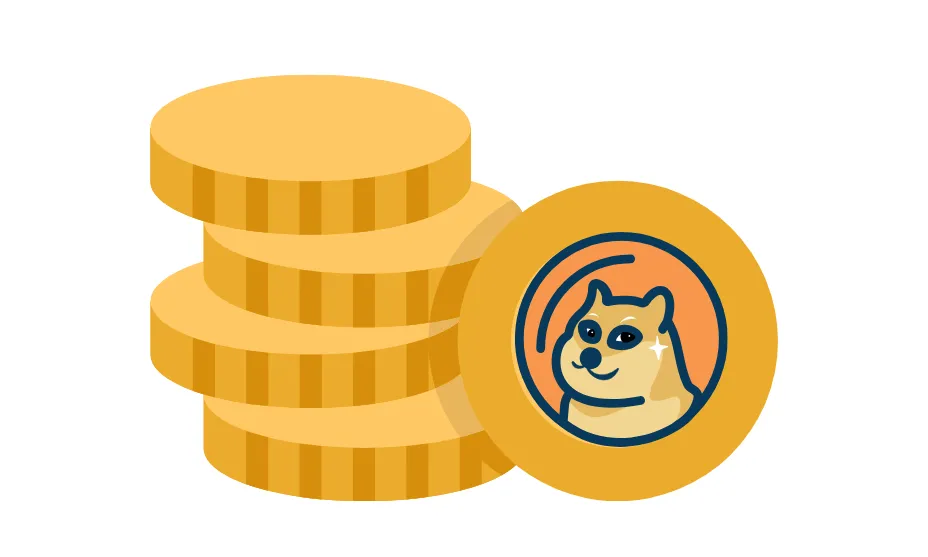The Evolution of Meme Tokens in the Web3 Gaming Space

The world of blockchain games looks nothing like it did just a few years ago. Back in 2022, everyone thought GameFi would take over the gaming world. Big promises and flashy marketing campaigns attracted millions of players.
Now the dust has settled, and a new reality has set in. The old models didn’t work, but something interesting happened along the way; meme tokens stepped into the spotlight and changed the game completely.
Even US President Donald Trump has launched his own meme coin named $TRUMP, which quickly soared in value.
Some new projects didn’t just copy what came before. Many took the fun parts of meme culture and mixed them with actual gaming mechanics people want to play.
That’s the kind of fresh thinking the space needed (source: https://squiddogetoken.com/). But where are meme tokens headed amidst everything that’s going on in the crypto world (and there have been a lot of events in the last few months.
This article looks at the evolution of Meme tokens in the Web3 gaming and how it is changing the space forever.

A Reality Check on Blockchain Gaming
Let’s get real about what went wrong with the first wave of blockchain games. The numbers tell a brutal story: 90% of games from 2022 crashed and burned within four months. Players showed up for the token rewards but left as soon as the money dried up. Nobody stuck around just to play the games themselves, and that’s a problem.
The old play-to-earn pitch doesn’t work anymore. Players want real games, not just token farms dressed up with basic graphics. Some projects finally figured this out and started building games people actually enjoy first, with the token rewards as a bonus instead of the main attraction.
Different Worlds, Different Stories
What worked in Asia didn’t translate to the West. Places like Vietnam, Indonesia, and the Philippines became blockchain gaming hotspots. The gaming culture there embraced the technology right away. When you look at the average income in these countries, it makes sense. Even small token rewards can make a real difference in people’s lives.
Africa showed similar enthusiasm. Nigeria and South Africa became major hubs for blockchain gaming. Local communities formed around these games, creating their own economies and social structures. Even when the broader crypto market took hits, these communities kept going strong.
Inside the Engine Room
The tech side of things needed serious work. Early blockchain games ran into constant problems with slow transactions and high fees. Nobody wants to wait five minutes and pay $20 just to make a move in a game. Recent improvements in blockchain technology fixed a lot of these headaches. Games run smoother now, and players barely notice they’re using blockchain at all.
Some clever solutions came from layer-2 networks, which work like express lanes on top of main blockchains. These additions made games faster and cheaper to run. Players can now move their stuff between different games without hassle, opening up new possibilities for connected gaming worlds.
Memes Meet Gaming
Then meme tokens crashed the party and changed everything. Instead of serious business plans and fancy whitepapers, these projects brought the fun back into crypto gaming. The communities around these tokens turned into something special. Players didn’t just show up to make money; they stayed for the jokes, the friends, and the shared culture they built together.
Social elements became the secret sauce. Young players are especially connected with the mix of memes, games, and community ownership. When players got real power to vote on game changes, amazing things started happening. The best ideas often come from the community itself.
Looking Ahead to 2025
Smart money sees big changes coming soon. Several pieces are falling into place at once. Regulators finally figured out how to handle blockchain games and give developers clear rules to follow. The technology works better than ever, so big investment firms started paying attention, bringing serious money to the table.
Traditional gaming companies want in on the action now. They see blockchain as the next frontier for gaming. When these games work across different platforms, the potential player base grows exponentially.
Building Better Communities
The strongest blockchain games built real communities around them. These communities aren’t just players; they’re stakeholders who care about the game’s future. Token holders have the real power to shape development decisions, creating a feedback loop in which good ideas are rewarded and implemented quickly.
Strong communities created stable economies within games. Unlike purely speculative tokens, community-driven projects showed staying power. Smart reward systems keep players engaged for the long run.
Tech That Works
Stability became the foundation for success. Modern blockchain solutions handle thousands of players without breaking a sweat. Serious security measures protect player assets and build trust.
The best platforms stay open and transparent. Better development tools let creators build more complex and engaging games. Bridges between different blockchains give players more freedom to use their assets.
The Road Ahead
Blockchain gaming keeps pushing boundaries. Virtual reality integration opens whole new worlds of possibility. AI tools make games smarter and more responsive to player behavior.
Gaming industry veterans bring decades of experience to blockchain projects. They know what makes games fun and addictive. The overall quality of blockchain games keeps rising as these experts apply their knowledge.
Conclusion
The blockchain gaming world grew up fast. Past mistakes taught valuable lessons about what players really want. With better technology, clearer rules, and smarter game design, 2025 looks promising for the whole sector.
The winning formula combines genuine fun with fair rewards. Strong communities keep games alive and growing. When traditional gaming expertise meets blockchain innovation, magic happens. The next generation of blockchain games might finally deliver on those big promises made back in 2022.




